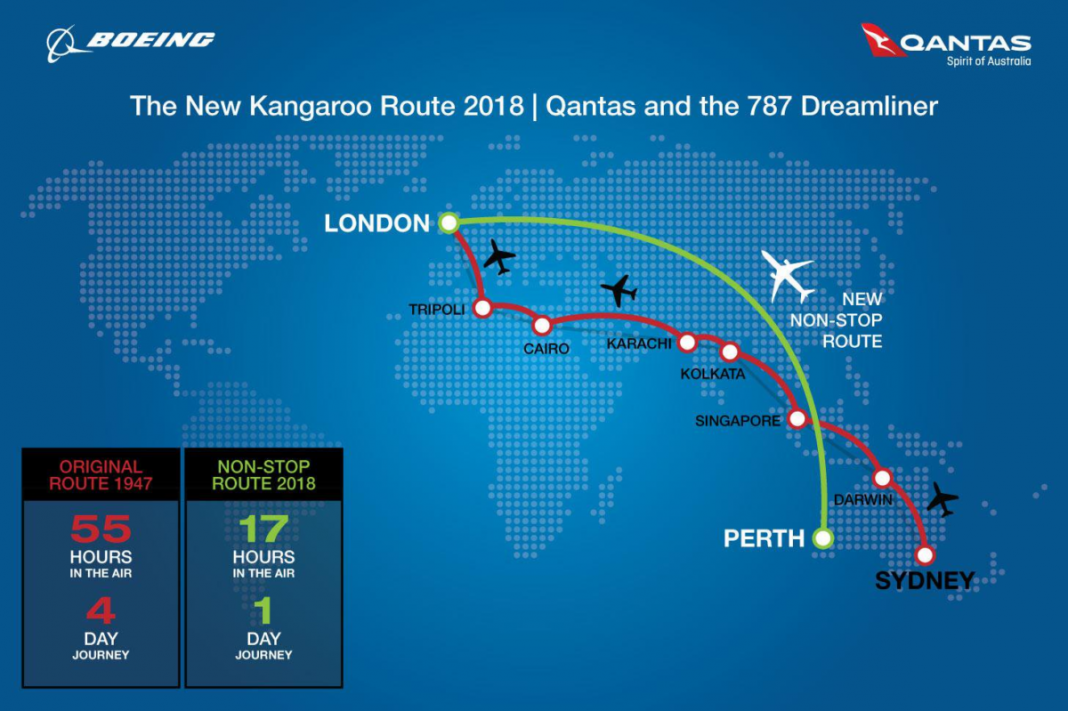Over 40 years ago, an Air New Zealand DC10 widebody jet operating TE901 pushed back from Auckland Airport. It wasn’t to be a run of the mill flight. Instead, it was to be an 8,630-kilometer odyssey down to Antarctica and back. It should have been a great day out, but that’s not what happened.

One fateful November day in 1979
Air New Zealand had pioneered the popular Antarctic day flights the previous year. Now, on November 28, 2019, 237 passengers joined the 20 crew for the 12-hour round trip. Captain Jim Collins was in command. He was joined by First Officer Greg Cassin and Flight Engineer Gordon Brooks.
At 12:50 that day, TE901 crashed into Mt Erebus in Antarctica. Everyone on board died. Mt Erebus is 3,794 meters high. The DC10 was flying at 447 meters when it crashed. There was no onboard emergency. Why the crash occurred was and remains a source of controversy.
A New Zealand Government inquiry occurred. In 1980, it was determined the cause was pilot error. Chief air accident inspector Ron Chippindale determined the pilots flew too low, in breach of the rules, and didn’t know where they were. But how could an experienced crew get it so wrong?

The pilots were given inaccurate flight path information
Later investigations found a variety of factors caused the crash. Pilot error was to blame, but so to were administrative stuff-ups at Air New Zealand and an unusual weather phenomenon.
The approved route across Antarctica was a track from Cape Hallet station to the McMurdo non-directional beacon. It would take you over the top of Mt Erebus. Owing to a typing error, the printout from Air New Zealand’s ground computer system allegedly directed pilots down the middle of the wide McMurdo Sound, 43 kilometers west of Mt Erebus. There had been 13 previous flights, and all had used this erroneous information, albeit without incident.
The error was picked up by another Air New Zealand Captain, who advised the airline. The airline did fix the mistake at the last minute but did not advise TE901’s crew of the corrected flight path information.
The upshot was TE901’s pilots thought they were a safe distance from Mt Erebus when in fact, they were heading right for it.

Plane hits a sector whiteout while flying way too low
It would not have been fatal had the pilots known and adhered to the route’s minimum safe altitude of 4,900 around Mt Erebus. Instead, to give passengers a better view and to establish landmarks, the DC10 descended to heights between 610 to 910 m as it did a figure-eight maneuver. Of course, everyone thought the plane was over McMurdo Sound. Radar and radio coverage was patchy in the area. Based on previous flights, ATC then cleared TE901 to descend to 460 meters.
The flight was over Lewis Bay, just in front of Mt Erebus. Usually, the pilots would have quickly spotted the hazard, but there was no contrast between the mountain and the Ross Ice Shelf. The phenomenon is called a sector whiteout. The pilots through Mt Erebus was part of the ice shelf. They were not where they thought they were, and they flew straight into the mountain at an elevation of 447 meters.

Pilots react too late
The last moments of the cockpit voice recorder record the following:
Ground proximity warning system: “Whoop whoop. Pull up. Whoop whoop…”
Flight engineer: “500 feet”
Ground proximity warning system: “…Pull up.”
Flight engineer: “400 feet”
Ground proximity warning system: “Whoop, whoop. Pull up. Whoop whoop. Pull up.”
Captain: “Go-around power please.”
Ground proximity warning system: “Whoop, whoop. Pull-“
Cockpit area microphone: [Sound of impact]
At the time, the TE901 crash was the world’s fourth-worst aviation disaster. It remains Air New Zealand’s worst accident. Forty-one years later, what happened to TE901 has been the subject of several inquiries and reviews, reaching to the Privy Council. Two hundred and fifty-nine people died, and much of TE901 still lies where it crashed, on the slopes of Mt Erebus at the end of the earth.
Air New Zealand never ran Antarctic sightseeing trips again.
[ad_2]
Source link


